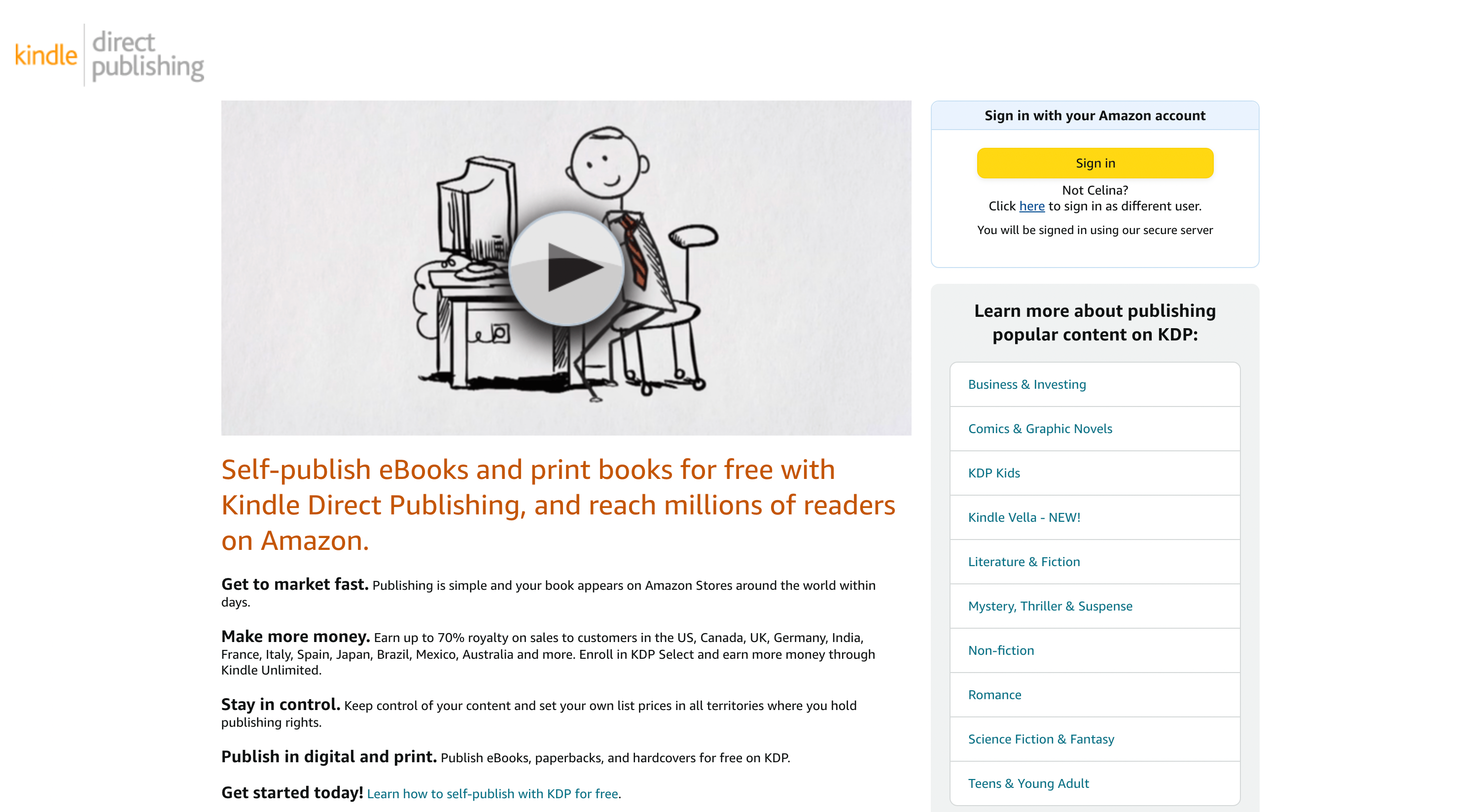
This page may contain affiliate links. Please read my disclosure for more information.
Amazon Kindle Direct Publishing has become a popular way to make money online. The Amazon Kindle Store has shown that it’s more than traditional publishing that can be profitable. Revenue from ebook sales reached $1.95 billion in 2022.
With the right tools, steps, and marketing strategies, you can earn money online and pave your way to success by hiring a ghostwriter or venturing into self-publishing low-content and medium-content books.
Amazon KDP offers many aspiring publishers a large reader base and flexibility. You can create engaging content and earn money with the right business model. Keep reading if you’re wondering how to make money on Amazon KDP without writing a single word.
What is Amazon Kindle Direct Publishing (KDP)
Amazon KDP stands for Kindle Direct Publishing. It is a self-publishing platform that allows anyone to publish and sell books on Amazon.
You can publish eBooks, paperbacks, and hardcovers for free on Amazon KDP in digital and print.
- eBooks are digital books that can be read on Kindle devices or Kindle apps.
- Paperbacks are printed on demand by Amazon, meaning you don’t have to maintain an inventory. Amazon prints a copy only when a customer places an order.
- Hardcovers are in Beta and newer to the KDP platform. Hardcovers like paperbacks use the Amazon print-on-demand model.
With Amazon KDP, you can publish low-content books, medium-content books, or both traditionally written content.
- Low-content books, also known as no-content books, have very little text and activity books (quizzes and puzzles), such as coloring books or worksheets, flashcards, cookbooks, and more.
- Medium-content books are planners, cookbooks, or activity books such as workbooks, coloring books, mazes, and puzzle books. These KDP books have more text than a low-content book but less text than a traditionally well-written whole book.
- Traditionally, written content consists of full-length books like novels, non-fiction guides, or biographies. They contain detailed stories or information and have more text than low-content and medium-content books. They’re the typical books you’d find on a bookstore shelf.
With Amazon KDP, you can publish your book quickly and easily without waiting for an editor or publisher to approve your book.

To publish a book on Amazon KDP, you’ll need to do the following:
1. First, you need to create an account
2. Go to your bookshelf, select +Create, and enter your book details
3. You can then set a price for your book and choose whether to make it available in paperback, hardcover print, or eBook format.
It will take 3 to 10 days for your book to be published on Amazon. You will earn royalties on every book that you sell.
For eBook, you can choose between two royalty options: the 35% royalty option and the 70% royalty option. You can keep a royalty of 60% of your list price for a hardcover or paperback version of your book.
Amazon KDP is a great way to make money if you have a book idea but want to avoid going through the traditional publishing process. It is also a great way to reach a global audience, with your book available for sale on Amazon in over 100+ countries.
How to publish books on Amazon without writing
Publishing on Amazon without writing books primarily involves capitalizing on the services of others and leveraging specific types of content. Amazon KDP is an excellent platform for self-publishing no-content, low-content, or medium-content books. Here’s a breakdown of the best ways to make money without writing:
1. Ghostwriting

This is one of the most common methods. Ghostwriters are professional writers who can create high-quality content for your books, freeing you up to focus on other aspects of your business. You can hire a ghostwriter to write content on a topic of your choice.
There are many platforms like Fiverr, Upwork, and Freelancer.com where you can find professional ghostwriters. You can also hire ghostwriters on websites like Ghostwriter Inside, The Writers For Hire, or Gotham Ghostwriters.
Remember, the right ghostwriter is not just someone who can write well but someone who can adapt to your voice, tone, and message. Evaluate them based on communication, writing samples, and references before hiring. Always have a clear and detailed contract in place. This contract should cover payment terms, deliverables, deadlines, revisions, rights to the content, and confidentiality clauses.
2. Low and Medium Content Books

Publishing low-content (no-content book) and medium-content books requires minimal writing but can be a competitive niche. Examples include:
- Journals, sketchbooks, notebooks, logbooks, and guestbooks: Lined pages, possibly with inspirational quotes or prompts.
- Coloring Books: If you lack the digital skills necessary, you can hire graphic designers on Fiverr to create unique illustrations.
- Puzzle and Activity Books: Sudoku, crosswords, word searches, etc.
- Planners organizers and Calendars: Weekly or monthly organizers.
3. Private Label Rights (PLR) Content

You can purchase PLR content, which allows you to use pre-written content as your own. It’s essential to tweak and modify it to some extent to make it unique and avoid any potential copyright issues.
4. Public Domain Content

You can create compilations if you have access to public-domain content (like classic literature). However, you should add value, such as illustrations, introductions, or annotations.
“Public domain” refers to creative assets that aren’t shielded by laws related to intellectual property, like copyright, patent, or trademark laws. These pieces belong to the general public rather than a specific creator. While they’re free for anyone to utilize, they can’t be claimed or owned by anyone.
5. Translation

If you’re fluent in multiple languages or can hire translators, consider translating popular works into other languages (with appropriate permissions).
Amazon KDP vs. Traditional Publishing

Self-publishing on Amazon KDP
- You have complete control over your book.
- You can publish your book whenever you want, and you can set the price.
- You also retain all the rights to your book.
- You can self-publish your book in weeks, while traditional publishing can take months or even years.
- You’ll keep more of the profits when you self-publish and earn up to 70% of the retail price of every book you sell. With traditional publishing, you typically make 10-15% of the retail price.
- Self-publishing books on KDP will overall be easier.
Traditional publishing
- A publisher can back you and help you get your book noticed by booksellers and libraries.
- Traditional publishers have editors and designers who can help you make your book the best it can be, leading to a higher quality product.
- Traditional publishers have relationships with booksellers and libraries, which will give you more exposure and help you get your book into more hands.
Creating a Profitable Niche
To make money on Amazon KDP, you’ll want to identify profitable niches by using market research and identifying trends. Start by browsing Amazon’s bestseller lists, use keyword research tools like Ahrefs, and read websites like Goodreads, Bookbub, and other social media platforms covering books.
Market Research will help you identify gaps in the market, reader interests, and trends that have yet to be overly saturated. Use tools like Google Trends or keyword research tools like Ahref’s to understand what readers are searching for.
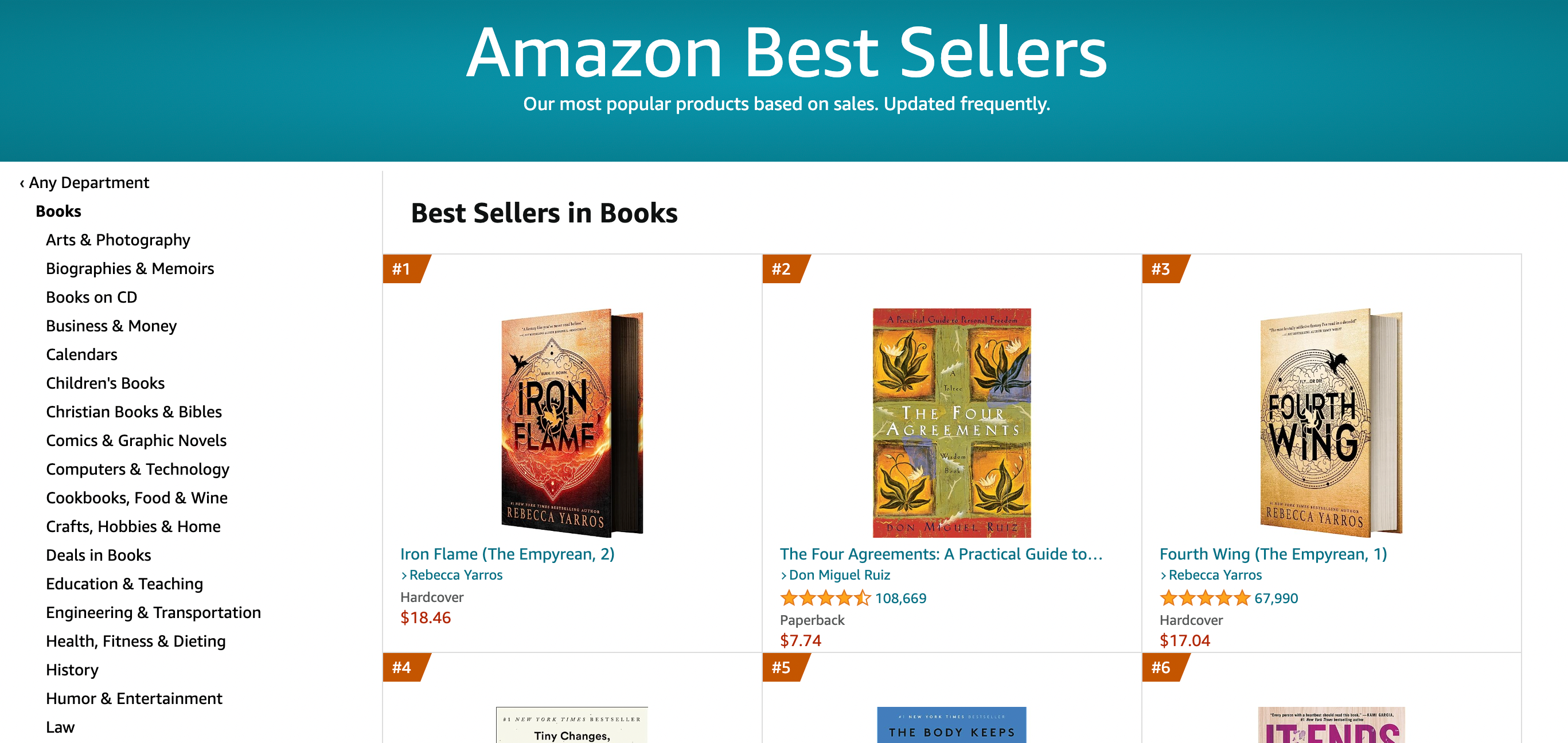
Amazon’s Bestseller Lists is a goldmine of information. Regularly check the bestseller lists, especially in categories that you’re interested in. Look beyond the top 10 – sometimes niches are hidden in the mid-tier rankings, where competition might be lower, but demand is consistent.
Both Goodreads and Bookbub provide insights into reader preferences. On Goodreads, reviews give hints about what readers loved or felt was missing in specific genres. Meanwhile, BookBub highlights trending books and has features on upcoming titles. Notice the patterns—what genres or sub-genres are gaining traction? Look for recurrent themes across popular books.
Consider Long-Tail Niches instead of just thinking about broad categories like ‘romance’ or ‘science fiction. Go deeper into sub-niches or combine interests that have low competition. For instance, ‘steampunk romance’ or ‘vegan keto cookbooks’ could offer specialized content for which a particular reader.
The market is constantly changing. A niche that’s profitable today may be saturated in a few months. It’s important to consistently update your research and always be on the lookout for the next trend, low-competition niches, or underserved areas.
Publishing Strategy

How you price your book can make or break your success on Amazon KDP. Pricing is about more than just putting a monetary value on your book. It’s about understanding your audience and measuring the perceived worth of your content, and it often involves some experimenting. Here’s an approach to pricing for success:
Comparative Pricing
Start by researching books similar to yours in genre, length, and content. How much do they cost? If most books in your category are priced in a particular range, charging much more without a unique selling point may turn off potential purchasers.
Pricing too low, on the other hand, may undervalue your content. Aim for a happy medium where your pricing relates to the perceived value of your book in the eyes of your target audience.
Kindle Unlimited KU
If you choose to enroll your book in Kindle Unlimited (KU), subscribers can read your book for free, and you’ll be paid based on the number of pages they read. Kindle Unlimited can boost visibility for new authors and impact your pricing strategy. Since KU subscribers are likelier to try out new authors (as they don’t have to purchase each title), consider a slightly higher price point outside KU to balance out potential revenue.
Experiment with pricing
The digital nature of Amazon Kindle Publishing means you can easily change your price. Experiment with running promotions or price reductions to see if a lower price equals more sales. You can also raise your price to see how your audience responds.
Book Bundles
If you have multiple books, especially a series, consider bundling them and offering a discounted price. You can drive sales and provide your reader with more value.
Offer Bonuses
Sometimes, you can sell ebooks at a higher price if readers perceive they’re getting more. Including bonus content, like an additional short story, a guide, or exclusive illustrations, can justify a slightly higher price.
To be successful with your pricing strategy on Amazon Kindle direct publishing, you’ll need to use market research, understand Kindle Unlimited, and be willing to experiment. Amazon Kindle direct publishing is an excellent option if you want to start making money with an online business model.
Choosing the Right Keywords

If you want to make money publishing books, your books must reach your customers. To do that, you need to use the right keywords effectively. Using the right keywords will improve your book’s visibility and increase sales.
Identifying popular search terms by brainstorming what potential readers might type into Amazon when looking for a book in your genre or on your topic. If you’ve written a mystery set in Victorian London, terms like “Victorian mystery” or “historical detective” might be pertinent. Think about the primary themes, settings, and characters of your book.
Use keyword research tools like Ahref’s, Ubersuggest, Book Bolt, and even Amazon’s autocomplete in the search bar. All of these tools can provide insights into what readers are searching for.
Incorporating keywords naturally once you’ve identified them. It’s crucial to include them naturally. For KDP, seven keyword slots are available when setting up your book. You can use more than one word per slot, so consider them “keyword phrases.” For example, “Victorian mystery” can be one keyword phrase in a single slot. Don’t just stuff keywords; ensure they’re relevant to your book’s content.
The popularity of specific search terms can change over time. It’s beneficial to revisit your keyword choices every few months. Analyze which keywords drive traffic and sales, and consider replacing underperforming keywords with new ones.
Never include keywords that aren’t related to your book in an attempt to capture a broader audience. Misleading readers will only lead to poor reviews and decreased trust.
Analyze your competitor’s books. What keywords are they likely using? While you shouldn’t copy another author’s strategy, understanding the competitive landscape can offer insights. Amazon has rules and guidelines on keyword usage. For example, mentioning other authors or book titles that you have no affiliation with is not allowed. Make sure you familiarize yourself with Amazon’s policies to avoid potential issues or your account be suspended.
Optimizing Your Book’s Appearance
Eye-Catching Covers
If you want to make money online and attract potential readers, the appearance of your book is crucial. While content remains king, the packaging of that content plays an important role in capturing initial interest. Your book cover should be eye-catching to capture your potential reader’s attention
To optimize your book’s visibility, your cover should represent its content and genre and use high-resolution images and legible typography. Your color choices should resonate with the book, and the overall design should be balanced.
You can use tools like Canva, but unless you have a design background, I highly suggest investing in professional design services to make your books stand out. You can find a book cover designer on Fiverr.
Check out Amazon KDP’s cover creator to help set up the size requirements and format of your book cover.
Write Compelling Titles
A captivating title is the reader’s first look into what you’ve created. To make an impression on Kindle direct publishing, you’ll need to make your title memorable and give insight into your book without revealing too much. You’ll also want to strategically integrate relevant keywords into your title and book description to help boost visibility on Amazon KDP.
How to Grow Your Brand
The following marketing strategies will help you grow your brand on Amazon KDP.
Build a Sales Funnel
You’ll need to develop different marketing strategies to grow your brand on Amazon DKP without writing. Start by creating a sales funnel to guide potential buyers to buy your book on Amazon KDP. To help prospective buyers discover your book, you can write a blog post and create an email marketing campaign with lead magnets (free guides, PDF print, and templates). You can nurture your audience’s attention through a well-crafted email marketing campaign and create opportunities for upselling related products.
Establish a Social Media Presence

There are many reasons why you should establish a social media presence for promoting your Amazon KDP books. Social media can help you build your brand. Being on social media is a great way to connect with readers and create relationships. You can share your books, announce releases, reach a wider audience, and increase book sales.
You should identify and use the social media platforms that resonate with your brand and target market. Whether it’s the visually driven Instagram, professional LinkedIn, or fast-paced Twitter, selecting the right platform can improve your engagement and help you reach millions.
Whatever platform you choose, consistently post quality content to boost your visibility and brand.
How to Stay Profitable
There are several methods you can apply to stay profitable while at the same time boosting visibility on Amazon KDP.
Monitoring KDP Sales
To be profitable on Amazon KDP without writing, you must monitor your KDP sales through the dashboard. Doing this will give you more insight into the performance of your titles, trends, and your readers’ preferences. In addition to tracking numbers, you’ll want to look for patterns.
Use reviews and ratings for feedback.
Reviews and ratings are a direct line of feedback from readers. Positive reviews can bolster sales, while constructive criticism can offer improvement opportunities or even spark new content ideas.
Scale Your Business
If you want to sell books and scale your book business, you’ll want to use strategic marketing and diversify your book catalog. You could move into new genres or go deeper into a specific niche you’re already in. It will allow you to capture a broader audience and open up opportunities for cross-selling books.
Leverage Amazon’s advertising
Leveraging Amazon’s advertising platform will help you boost your book’s visibility. It’s an investment that can help drive sales and profitability.
Frequently Asked Questions
Q: What are Amazon Kindle Direct publishing alternatives?
A: Apple Books, Google Play Books, Barnes & Nobles, Rakuten Kobo, IngramSpark, Smashwords.
Q: How often does Amazon KDP Pay?
A: Royalties are paid out once a month, about 60 days after the end of the month in which the sale was reported.
Q: Do low-content books make money?
A: Yes, low-content books can be profitable. These books, which include planners, coloring books, journals, and other interactive materials, should cater to a specific target audience and niche.
Q: How do I price my book on Amazon KDP?
A: Pricing depends on various factors, including the book’s length, genre, target audience, and competition. Analyze similar books in your category and consider experimenting with different price points to see what works best.
Q: Can I offer my book for free on Amazon KDP?
A: Yes, through the KDP Select program, authors can choose to run promotions where their book is available for free for up to 5 days, every 90-day enrollment period.
Q: Is there a fee to publish on Amazon KDP?
A: No, direct publishing on Amazon KDP is free. However, Amazon retains a fixed amount or percentage of the sales as a commission, depending on the list price and location of the sale.
Q: What is the difference between KDP and KDP Select?
A: While KDP allows you to publish and sell your books, KDP Select is an optional enrollment program that offers additional promotional opportunities and royalty options but requires exclusivity for your eBook distribution.
Conclusion
Amazon’s Kindle Direct Publishing (KDP) platform has changed the publishing world, offering more opportunities to tap into passive income streams without the need to be a traditional author. As we’ve explored, you don’t have to be a writer to start making money on Amazon KDP.
By leveraging strategies such as hiring a ghostwriter, curating and publishing low- or medium content, optimizing with keyword research, or exploring the world of public domain, there are many options to explore. Whatever path you choose, make sure it’s within Amazon’s guidelines and provides value to the reader. With dedication, research, and creativity, KDP can be a lucrative platform, even for those not interested in writing themselves.


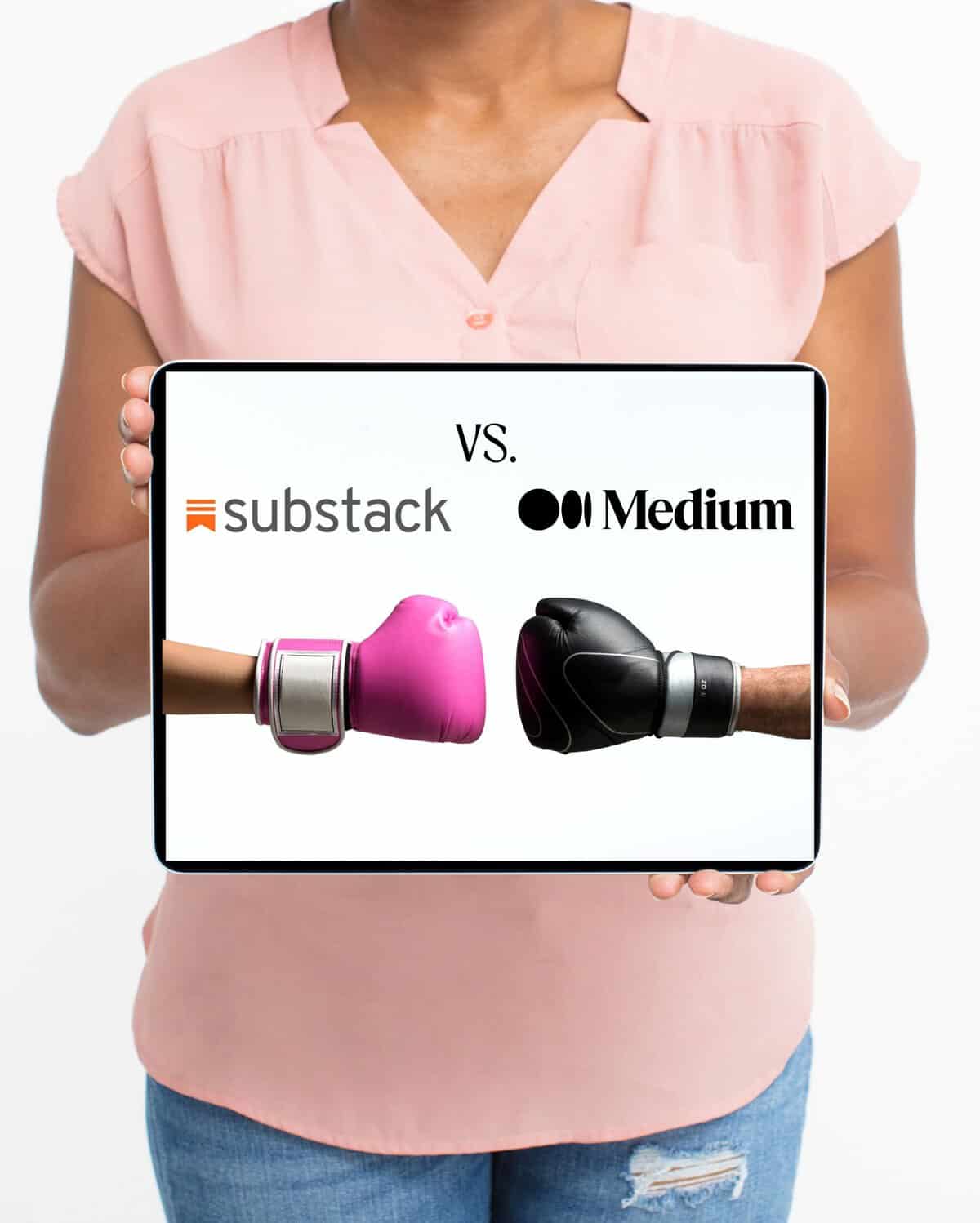
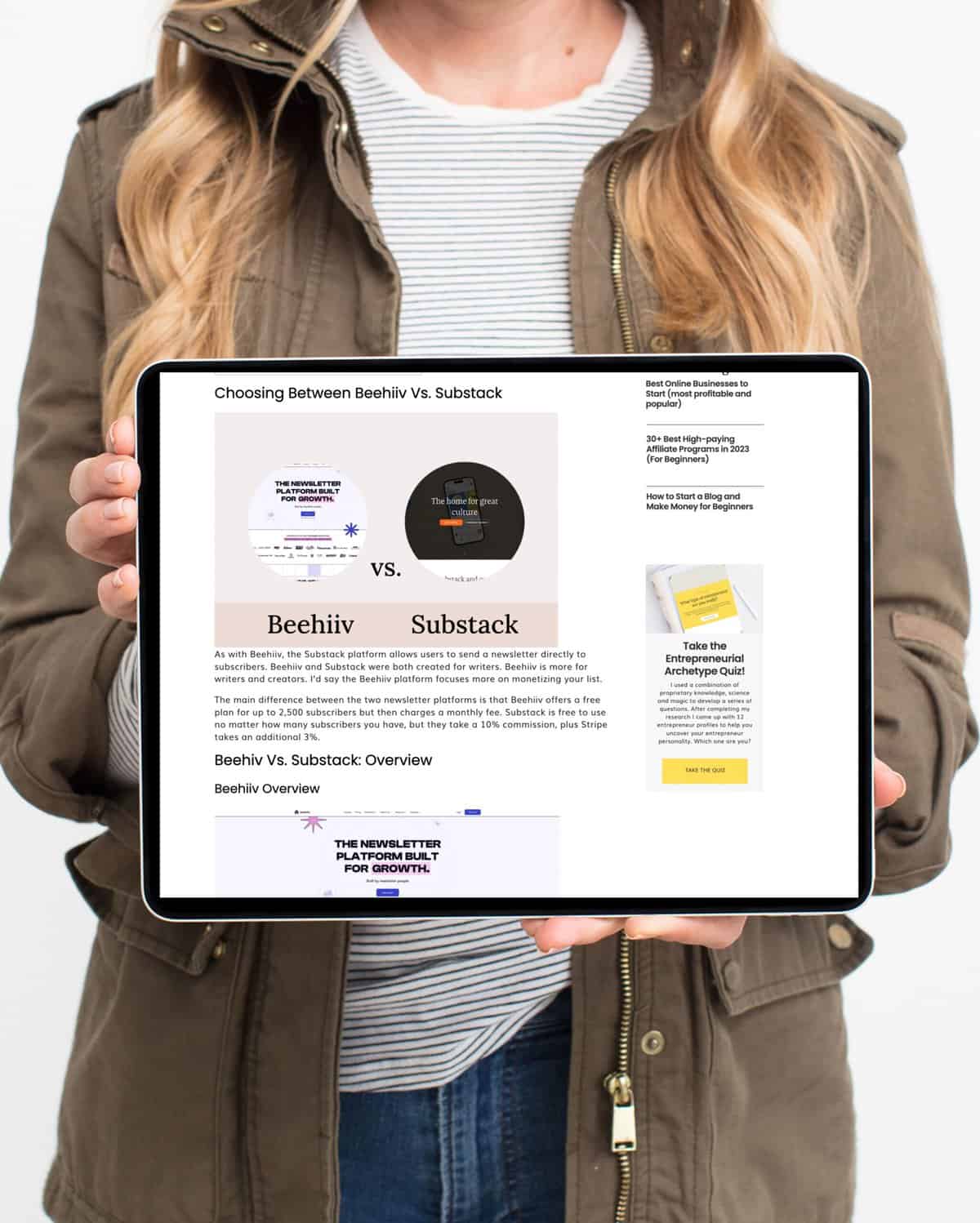



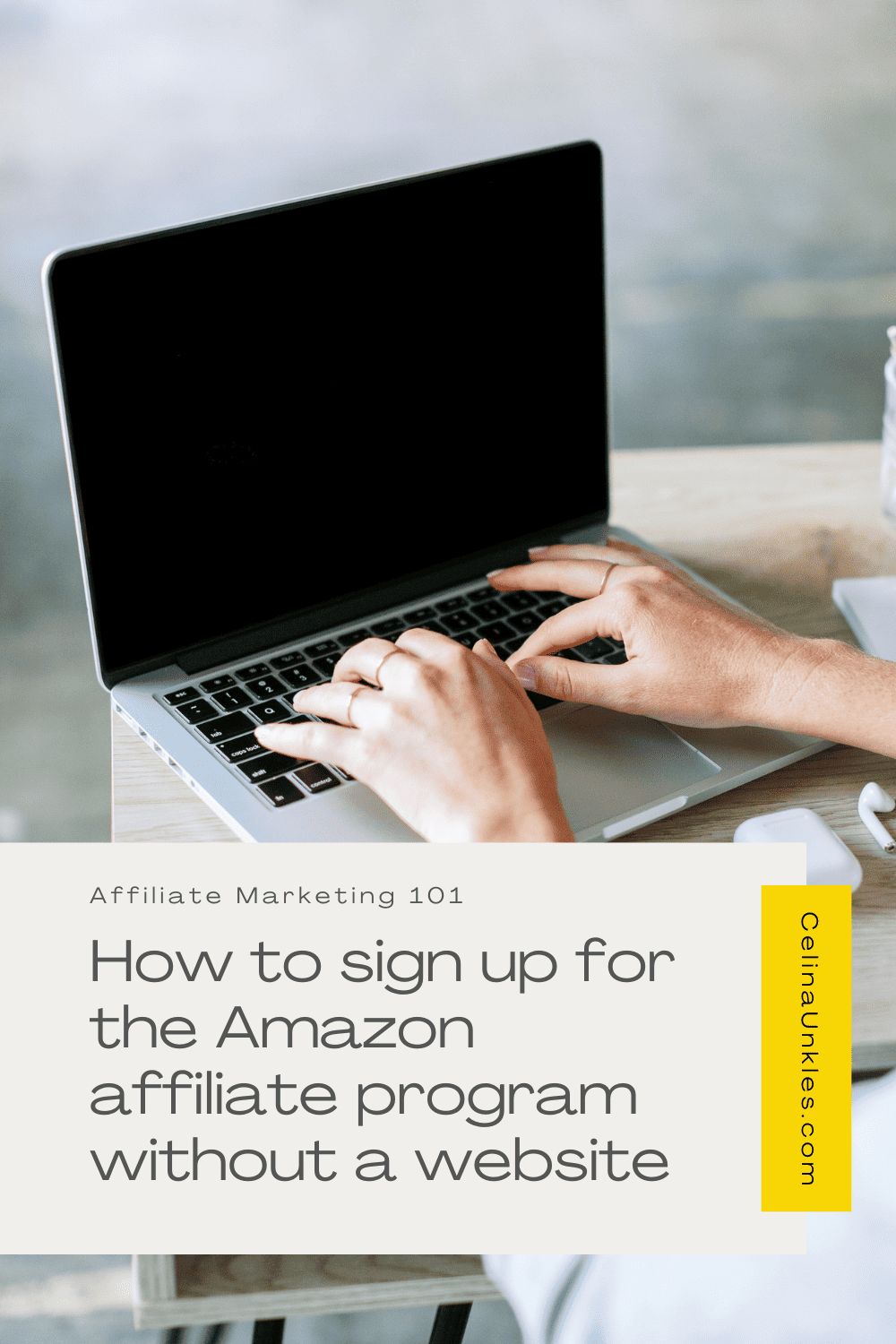
+ show Comments
- Hide Comments
add a comment